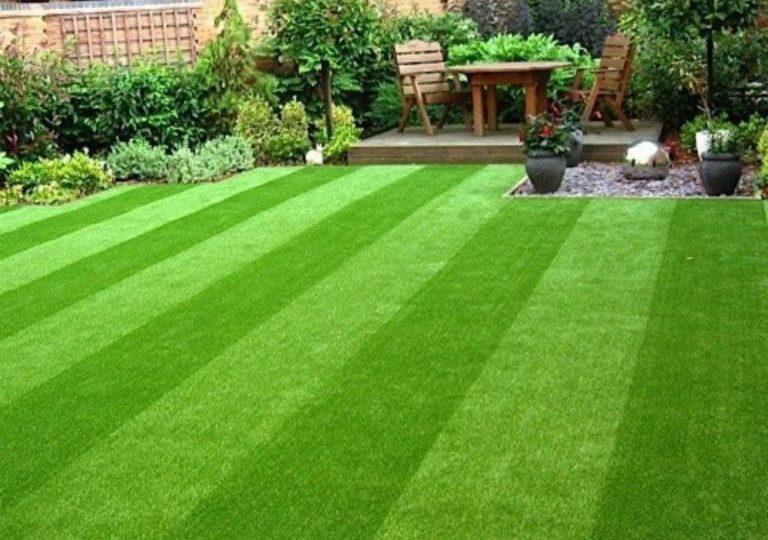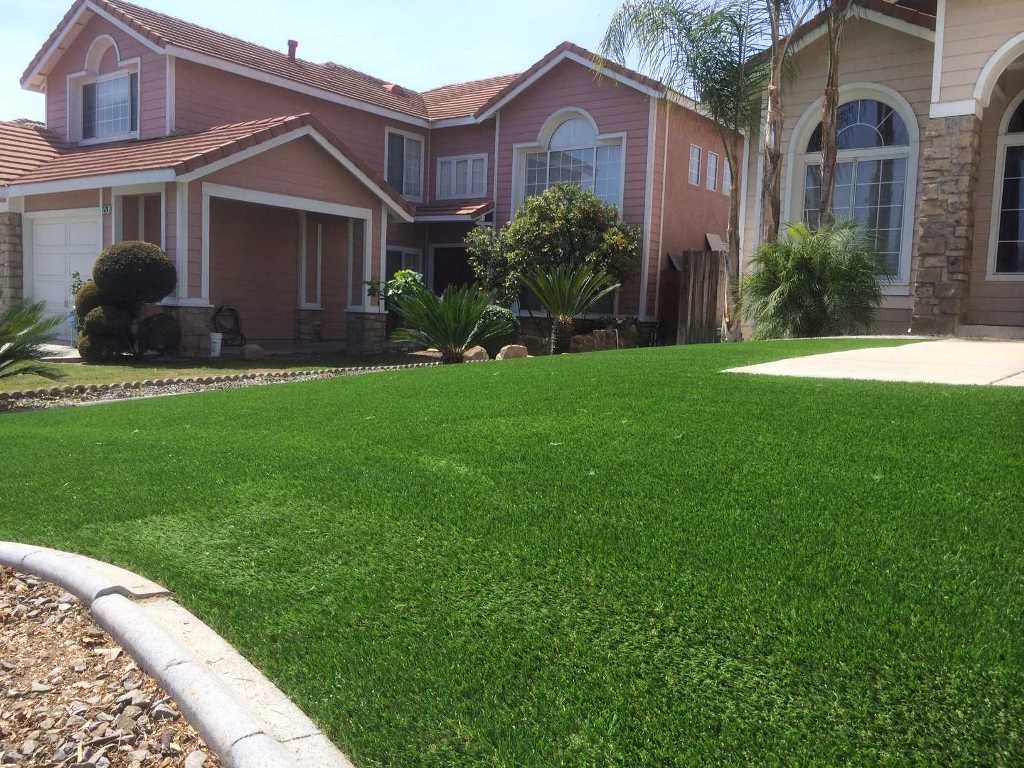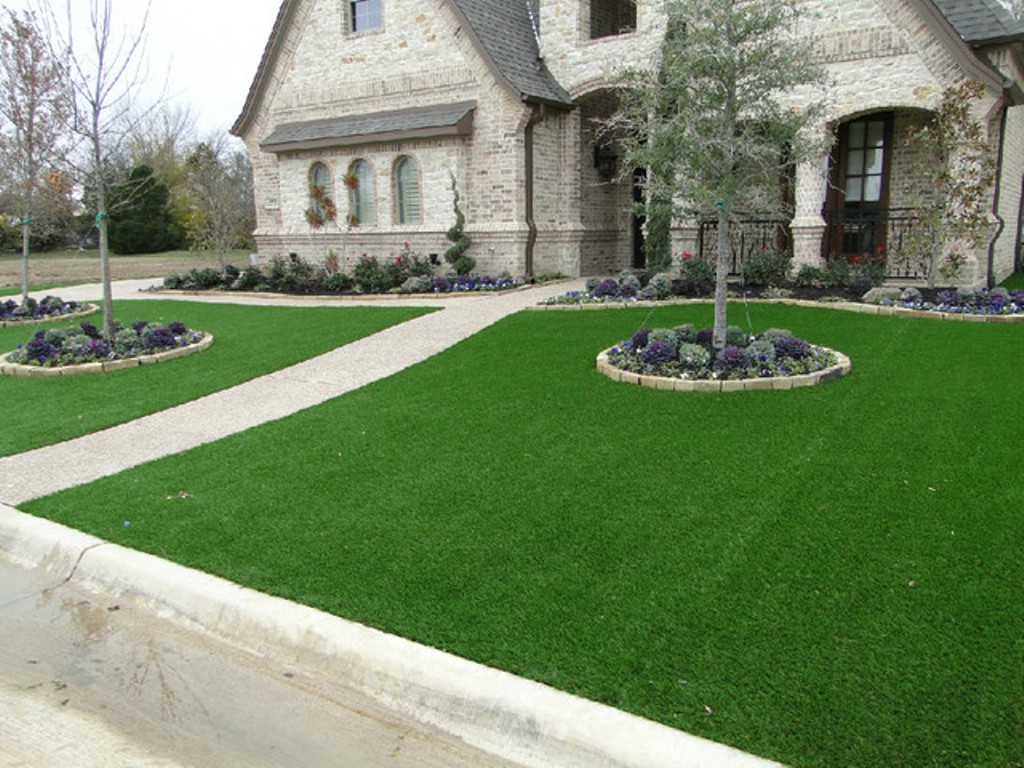
Lawn and Artificial Turf
The original Artificial Turf was called AstroTurf, and it came out in the late 1960s, thanks to the biotech company Monsanto. The above photo is on artificial turf in 2013.
Support STU Forster / Getty Images.
We are getting better at making things that aren’t real. From meat to porcelain tiles that effectively mimic marble, these products sometimes offer advantages that improve the real deal. Meat production without meat is better for the environment, while sugar Earthenware tiles are more durable than marble. Over time, fake grass has also improved. Today’s artificial turf is the same as the plastic items of the 1970s, as are the Beaver Burgers, as well as the soybean petty school children found in the Cafe Terria during the same period. In fact, artificial turf from landscaping company in Maidstone is so lively these days that it has become a viable option for residential lawns as well.
What is Artificial Turf?

“Turf is polyolene fiber that sinks into a carpet,” explains Erik de Sanza, marketing manager, Target Sports. De Sanza’s company is making field turf artificial turf, which can be found under cleats from the Atlanta Falcons, New England Patriots and Ohio State Buckeyes, to name just a few. Polypropylene is a type of plastic fiber that is commonly found in everyday packaging such as pill bottles and yogurt cups. The “plastic carpet” describes the early days of artificial turf. Released by Monisto in the late 1960s, the original artificial turf was installed on the baseball field in Astrodome, Houston, writes Sports Illustrated. Within two years of the Asterodome installation, the 3M Tartan Turf was demolished at Michigan Stadium. The trend of artificial turf fields has increased, especially within the NFL. Although it was known to players for being unforgiving, artificial turf offered stability that natural turf did not. In the mid-1970s, second-generation artificial turf consisted of long fibers, a pad underneath, and sand goods. The third-generation field developed by Field Turf accelerated, and according to research published by orthopedic surgeon James R. Jastefer and colleagues, more than 6,000 artificial turfs were planted in North America by 2011, approximately 1,000 to 1,500 new installations were added. For more tools about this you can visit: www.wordcounttool.com
Artificial turf pros and cons

Artificial turf offers a number of benefits – top notch stability and stability. Manufacturers are constantly innovating on products to respond to criticism. Despite continued innovation, Artificial Turf still occasionally receives a bad rap from athletes, who say it increases the risk of injury. There have been many studies done to determine if this is true or not. In a 2018 study, Hiroki Nanum, a professor of biomechanics at Fukuoka University, Japan, said that numerous studies have revealed that there are “no obvious differences in injury risk” between natural and third-generation artificial turf. In favor of artificial turf, Nunnum found that third-generation turfes may become more difficult over time, and some of these studies are being carried out on soil older than half a year, which is similar to the standard field turf warranty. Whether it’s soft or not, as anyone in the South who plays on artificial turf knows, it can be warm enough to feel with your groin. Field turf has also developed a reaction to the problem, a product of cork lining to absorb heat and shock.









